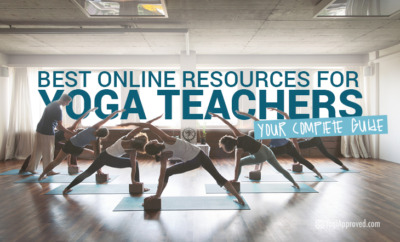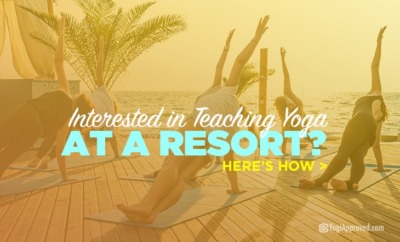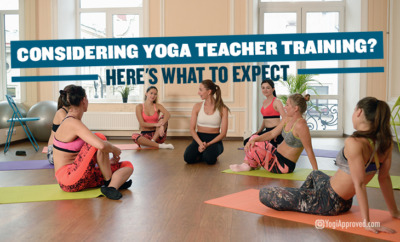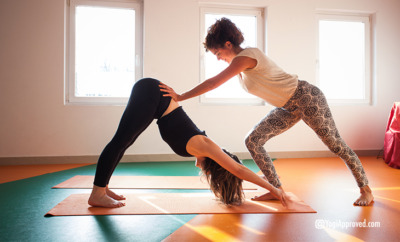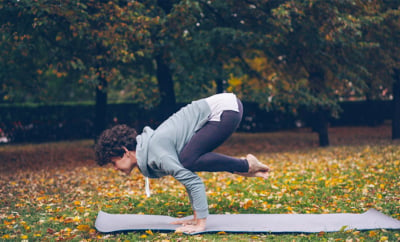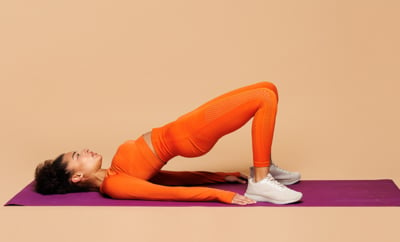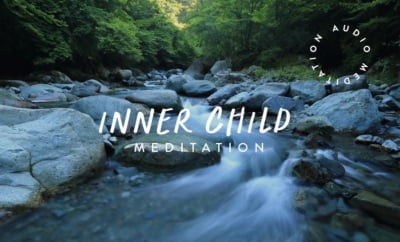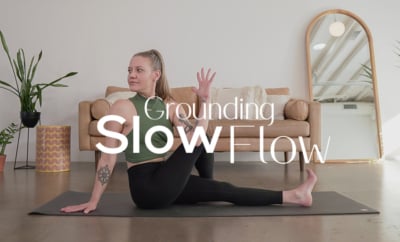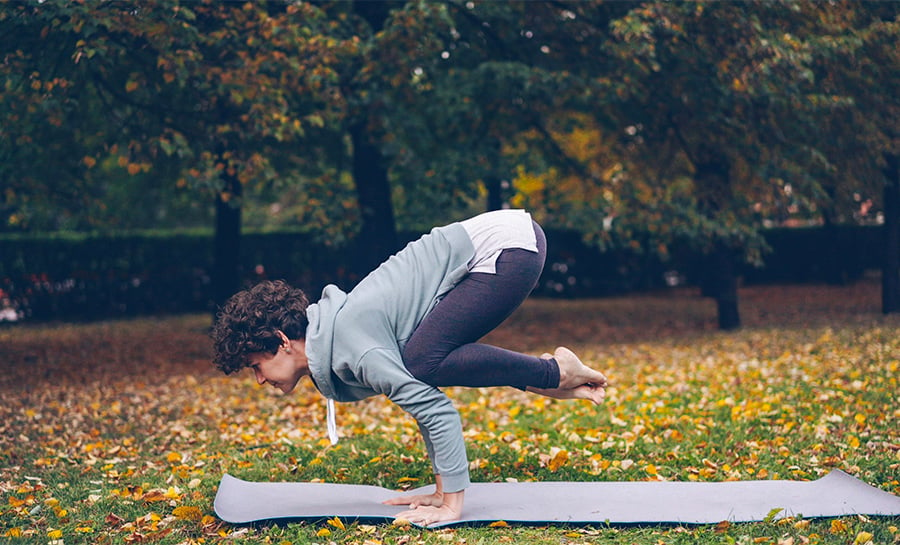What’s the Best Yoga Teacher Training for You? Consider this Before You Choose

ytt information2
Yoga’s western popularity is growing rapidly. According to the 2016 Yoga in America Study, 36 million Americans practiced yoga in 2016, a 74% increase since 2012. With more students joining the yoga community, the demand for qualified teachers increases significantly.
Yoga teacher training (YTT) courses are everywhere, and it’s a great time to start one.
Only thing is, there are so many options and opportunities available right now that it can be difficult to choose just which yoga teacher training is best for you.
These Tips Will Help You Choose Your Best Yoga Teacher Training
There are many factors that will make or break your training experience, so keep the following tips in mind before you take the plunge.
Tip #1: Find Your Style and Teacher
It’s important to choose a yoga teacher training in a style that fits with your own interests, goals, and personality. While all trainings should give you a solid foundation of yogic principles, history, and philosophy, some trainings will emphasize anatomy and alignment, breath, or meditation.
For example, Vinyasa, or Power Yoga, is a commonly taught style because of it’s popularity in gyms and yoga studios, and its emphasis on strength. Meanwhile, Ashtanga Yoga will teach you the fundamentals of a specific series of asana and fundamentals.
Keep in mind that whatever style you choose for your first yoga teacher training is important. However, you can always specialize after your training is over in niche styles like Yoga Therapy or Aerial Yoga.
Still in search of your yoga style? Take this quiz to find your perfect fit!
Tip #2: Pick Your Timeframe
The most common form of yoga teacher training is a 200-hour course, and you’ll typically have two time commitment options. Enroll in either a short, two-week intensive where you attend class for about eight hours each day, or stretch it out to a months-long program where you commit to attending class about one weekend per month.
Any way you dice it, yoga teacher training is a serious time commitment. In addition to attending class, you’ll most likely be expected to put in hours at home in self-study and practice. Some courses even require additional registration with the Yoga Alliance after your completion of the course.
See if you can get a copy of the course agenda before signing up – learning both the in-person time commitment as well as what’s expected outside of those meeting hours will give you a full picture of how much time you’ll need to invest to receive your certification.
Tip #3: Be Realistic About the Cost
Yoga teacher trainings commonly cost thousands of dollars, and the full cost may be more than the upfront registration. Courses tend to require additional books or studio classes that aren’t included in your course fee.
Many trainings allow students to pay in installments, or offer a discount for early commitment. If you’re dead-set on a program that’s financially out of reach, talk with the instructor about possible scholarships or other ways to reduce the cost.
But, if your passion and goal is teaching yoga, be realistic about what you can afford and be honest about the return on your investment. Don’t overcommit financially, and then overwork yourself to pay off the debt you took on. This damage your relationship with yoga, and add financial stress to your plate as you wrap up your life-changing yoga teacher training.
Tip #4: Watch Out for Sketchy Programs
I see you scoping out that destination yoga teacher training. You’re thinking, “What could be better than traveling to a remote island for a week to learn yoga?” Beautiful scenery, gorgeous spaces to practice, and Instagram-worthy lodging are enticing, but beware of deals that seem too good to be true.
If the program requires you to pay the full amount months in advance with no refund policy, there’s no obvious way to contact the instructor, or there aren’t any reviews listed, beware.
It’s important that you’re getting a proper yoga education for your financial investment. Confirm that the program and instructor are well reviewed and accredited, and don’t be afraid to ask for credentials or a referral from a former participant. Intuition is important – if something feels off, trust your gut and find a different training.
Now, Go Choose Your Best Yoga Teacher Training!
Once you’ve settled on the best yoga teacher training for you emotionally and logistically, let go of any expectations you may have. Stay open minded and be prepared to learn and grow.
The only thing I can tell you for sure: expect to get uncomfortable. You may not realize how much you enjoy the spiritual practice of meditation, or connecting to your body through breath work, until you’re exposed to it in an in-depth manner. Or maybe your joy will come unexpectedly from a focus on proper technique and alignment.
A good yoga teacher training lays the foundation to help you share your yoga with others. The training is only the beginning of your journey – get ready to follow whatever ignites your soul.
Featured image: yogaandayurvedainstitute.com


This Month's Letter
From the Editor
Monthly motivation and food for
thought from our founder.



